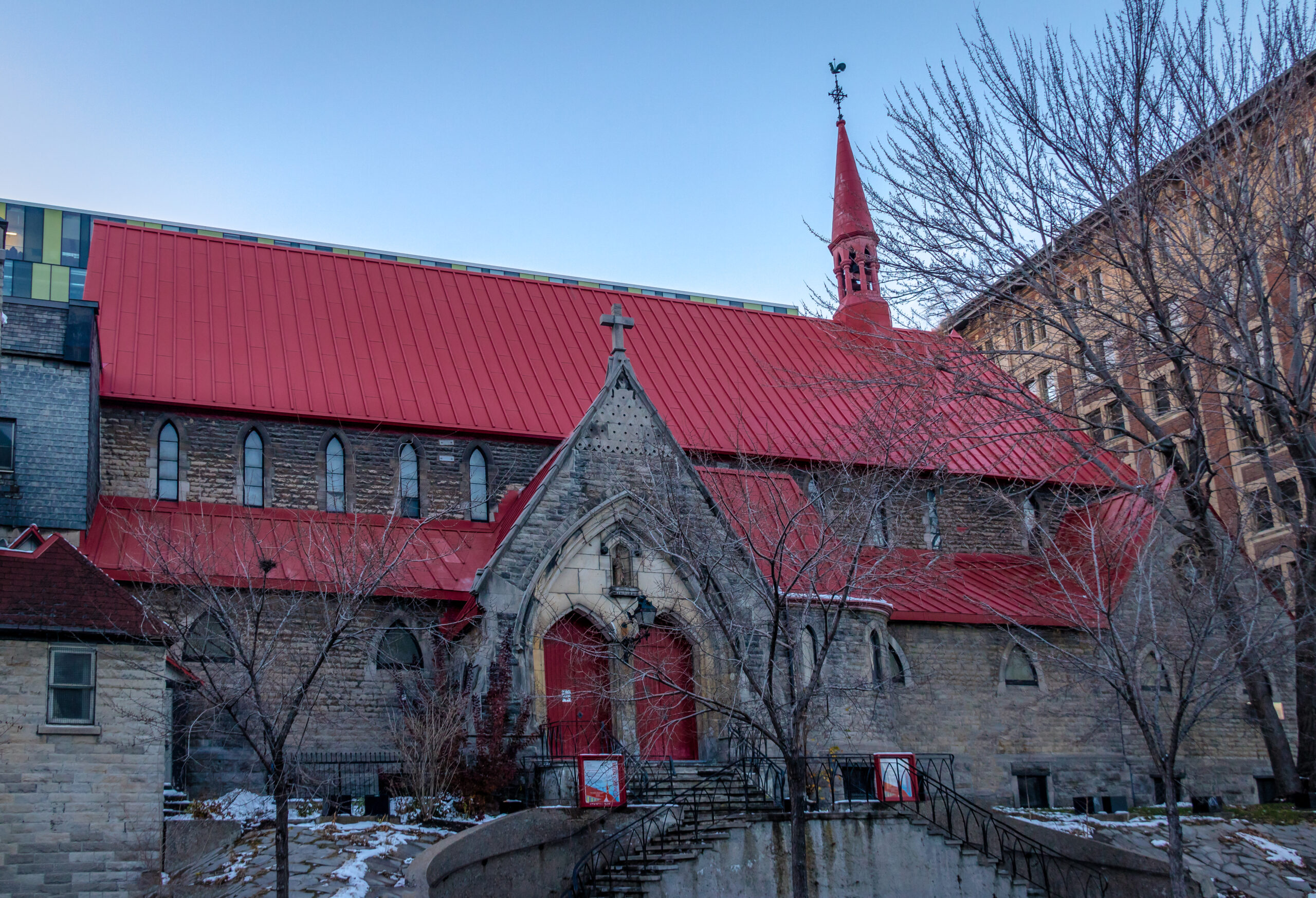Canada’s Regional Economies
Canada is a vast country with a diverse range of regions, each contributing significantly to the nation’s economy. From the bustling urban centers of Central Canada to the resource-rich Northern Territories, each region has its own unique characteristics and economic strengths. Below is an overview of the key regions that drive Canada’s economy.
Central Canada
Central Canada, which includes Quebec and Ontario, is the heart of the country’s manufacturing and industrial activities, with its climate characterized by cold winters and hot, humid summers. This region is home to over half of Canada’s population and produces over 75% of the nation’s manufactured goods.
-
Quebec:
- Population: Approximately 8 million people, predominantly living along the St. Lawrence River.
- Economy: Quebec is Canada’s top producer of pulp and paper, as well as a leader in hydroelectricity production. Its natural resources have fueled growth in industries like forestry, electricity, and mining. Quebec also excels in aviation and pharmaceuticals, and its cultural influence extends through its world-renowned arts, including literature, music, cinema, and cuisine.
- Cultural Hub: Montreal, the second-largest city in Canada, is known for its diversity and thriving arts scene.
-
Ontario:
- Population: Over 12 million people, making it the most populous province in Canada.
- Economy: Ontario benefits from a diverse economy, with industries such as manufacturing, finance, technology, and services. Toronto, Canada’s largest city, is the country’s financial hub. Ontario also has a strong agricultural sector, producing dairy, beef, poultry, and cereal crops, along with world-class wineries in the Niagara region.
- French Culture: Ontario is home to a large population of French speakers, the majority of whom live outside of Quebec.
Prairie Provinces
The Prairie Provinces — Manitoba, Saskatchewan, and Alberta — are rich in natural resources and productive agricultural land. The region is characterized by a primarily dry climate, with cold winters and hot summers.
-
Manitoba:
- Economy: Agriculture, mining, and hydroelectricity dominate the economy. Winnipeg, the capital city, is a cultural and economic hub.
- Cultural Diversity: St. Boniface is home to the largest Francophone community in Western Canada, and Manitoba has a strong Ukrainian cultural presence.
- Aboriginal Population: Manitoba has the highest percentage of Aboriginal people of any province in Canada, comprising over 15% of the population.
-
Saskatchewan:
- Economy: Known as the “breadbasket of the world,” Saskatchewan is Canada’s top producer of grains and oilseeds, as well as oil, natural gas, uranium, and potash. These resources contribute to global fertilizer production.
- Mining: The province is a leader in mining with a strong focus on potash and uranium extraction.
- Cultural Heritage: The provincial capital, Regina, houses the Royal Canadian Mounted Police training academy, while Saskatoon serves as a vital hub for technology, education, and research.
-
Alberta:
- Economy: Alberta is one of the largest producers of oil and gas in the world, particularly from its oil sands in the north. The province is also renowned for its agriculture, especially cattle ranching.
- Tourism: Known for its rugged landscapes, Banff National Park and the Badlands attract tourists from around the world.
- Energy Resources: Alberta’s energy sector continues to be a critical driver of its economy, contributing significantly to Canada’s overall oil production.
West Coast: British Columbia
British Columbia (B.C.) is Canada’s westernmost province and serves as the country’s gateway to the Pacific Ocean. With a population of around 4 million, B.C. is known for its stunning mountain ranges and temperate climate.
- Economy: The province’s economy is driven by forestry, mining, fishing, and the wine industry in the Okanagan Valley. The Port of Vancouver is Canada’s largest port and serves as a critical link for trade with Asia-Pacific countries.
- Cultural Diversity: B.C. is home to significant Chinese and Punjabi communities, making these languages prominent in its cities.
- Tourism: B.C. also boasts a large tourism industry, especially in Victoria, the capital city, known for its natural beauty and as a base for the Canadian Navy‘s Pacific fleet.
Northern Territories
The Northern Territories — Yukon, Northwest Territories, and Nunavut — make up one-third of Canada’s total land area, though only about 100,000 people live there. These regions are rich in natural resources, including gold, copper, diamonds, and zinc.
-
Yukon:
- Economy: The mining industry remains a major economic driver. Yukon was historically known for the 1890s Gold Rush.
- Tourism: The White Pass and Yukon Railway offers a scenic tourist adventure, connecting Skagway in Alaska with Whitehorse in Yukon.
- Natural Landmarks: Mount Logan, the highest peak in Canada, is located in Yukon.
-
Northwest Territories:
- Economy: Known as the diamond capital of North America, Yellowknife, the capital, is a key mining and resource hub.
- Mackenzie River: The Mackenzie River, the second-longest river system in North America, drains a vast area and is integral to the region’s economy.
-
Nunavut:
- Inuit Culture: Nunavut is home to an Inuit majority, with Inuktitut being the primary language.
- Economy: The economy is based on mining, fishing, and hunting, and Nunavut has a strong emphasis on cultural preservation.
Conclusion
Each of Canada’s regions plays a vital role in shaping the national economy, from the manufacturing heart of Central Canada to the resource-rich Prairie Provinces, the coastal industries of British Columbia, and the natural wealth of the Northern Territories. Together, these diverse regions contribute to Canada’s position as a global economic leader.
